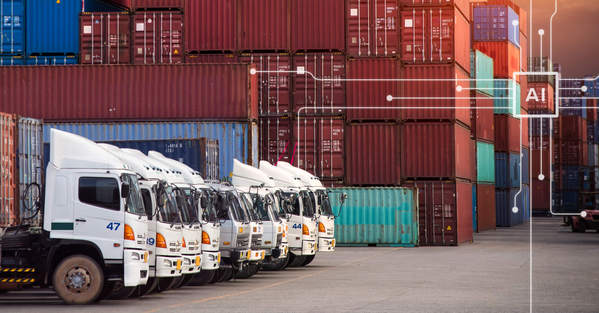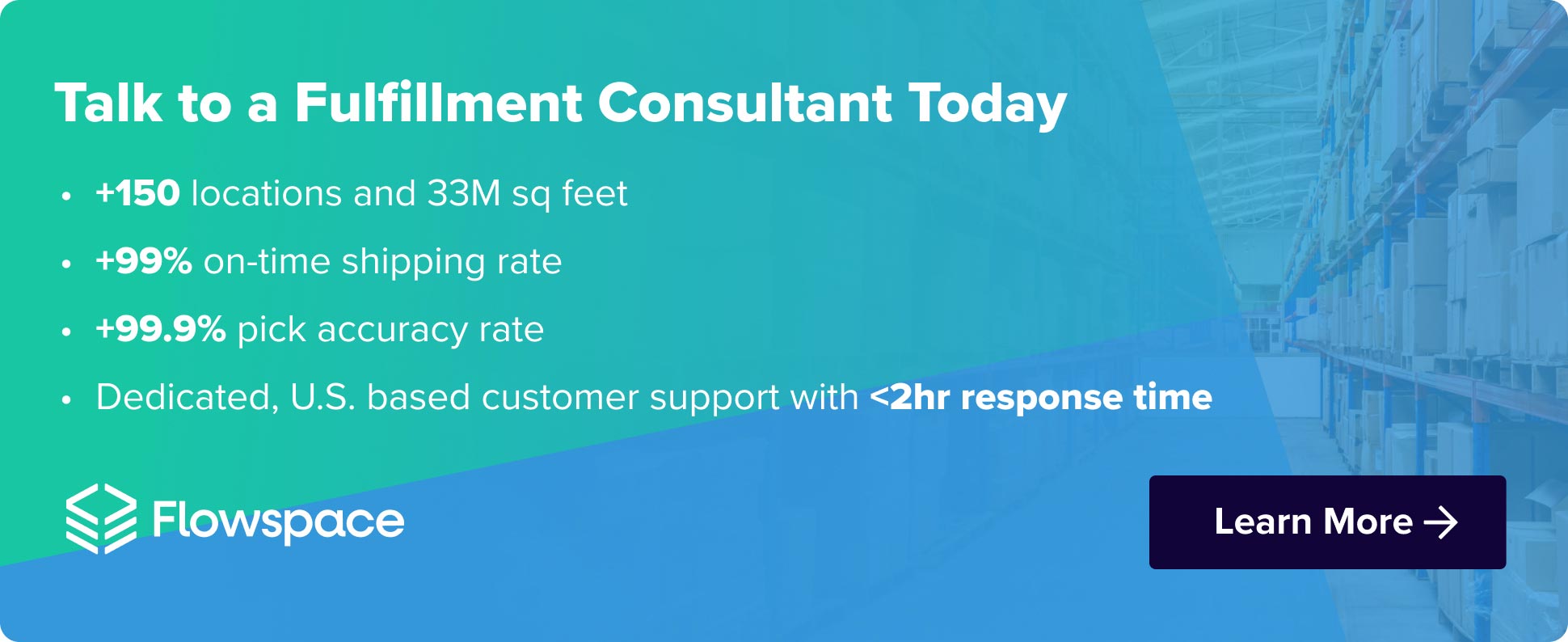
What if you could predict traffic patterns and reroute delivery trucks to improve the accuracy of delivery time estimates or optimize route planning by learning from previous trips and predicting the best route based on weather and traffic patterns?
Sound like something from the future? It’s not. AI is already being used to improve customer experience, reduce costs, and increase efficiency in logistics and transportation management.
The Transformative Impact of AI in Logistics
AI is already transforming the logistics industry. It allows companies to facilitate supply chain optimization, improve customer service and reduce costs. AI-enabled technology enables smarter decision making because it can analyze data from multiple sources across an entire organization to identify patterns or anomalies that might otherwise go unnoticed. AI in supply chain management also enables autonomous robots for warehouse operations like picking items off shelves or delivering packages to customers’ homes on time (and sometimes even before they expect it).
Predictive Capabilities and Network Planning
AI, through the application of predictive analytics, can help with demand forecasting. For example, if a company knows that there’s going to be an influx of holiday orders for certain products, it can prepare by making sure there are enough trucks in place (but not too many) so that no one is left waiting for their package to arrive.
AI can also be used to enhance operational efficiency in capacity planning—the process of determining how much productive capacity your company should have based on expected sales volume and other factors like service level agreements (SLAs). This is important for any logistics company because accurate capacity planning allows them to make sure there are enough trucks available when needed without overspending on unnecessary vehicles if demand drops unexpectedly due to weather conditions or economic downturns.
AI in Warehouse Automation
The use of AI in warehouse automation has been around for decades. Historically, it involves a computer-controlled system that helps with inventory management, monitoring, and tracking. This can be done through RFID tags or barcodes on products so that inventory levels can be tracked as they move through the facility. The system also makes use of sensors placed throughout the warehouse to detect when a pallet or box is moved out of its designated spot, enhancing product inventory management, and automatically re-shelve them where they belong once they’ve been put back into their proper place by an employee or machine operator.
Amazon began using AI tools in its warehouses in 2012, when it started deploying Kiva robots in charge of order fulfillment.. Kiva robots are autonomous AI robots that use computer vision and machine learning to navigate the warehouse and find the products that need to be picked. Since then, Amazon has continued to invest in AI for its warehouse operations, and now uses a variety of AI-powered technologies to enhance supply chain management and track warehouse KPIs.
Autonomous Vehicles in Logistics
AI-powered autonomous vehicles have the potential to revolutionize the way goods are transported, making it safer, more efficient, and more sustainable. Logistics and transportation companies are already using AI-powered autonomous vehicles in a variety of ways.
Leading logistics operation and transportation companies, such as UPS, FedEx, Walmart, Amazon, and DHL, are exploring autonomous vehicle technology to transform the transportation and delivery of goods. UPS is testing autonomous trucks for long-haul transportation, whereas FedEx is focusing on autonomous delivery vehicles for urban areas. Walmart is pioneering the use of autonomous yard trucks within their distribution centers, while DHL is utilizing autonomous trucks to optimize transportation of goods between their warehouses. And never to be left out of an innovation, Amazon has partnered with multiple companies to pilot autonomous delivery vehicles in urban environments.
AI-Powered Route Planning
Route planning is a complex process that involves multiple variables, including:
- Traffic congestion
- Fuel consumption
- Safety considerations
The right route can help to reduce transportation costs, increase efficiency and improve customer satisfaction. AI-powered route planning tools are designed to make this process easier by using machine learning algorithms that learn from past experiences. AI-powered route planners can also take into account real-time data and constantly update the route to ensure route optimization for efficiency.
UPS started using an AI system for fleet management in 2010, when it began deploying telematics on its vehicles. Telematics is a technology that uses sensors to collect data on the performance of vehicles, such as their speed, location, and fuel consumption. This data can be used to optimize fleet management decisions, such as route planning and fuel efficiency.
In 2015, UPS launched ORION (On-Road Integrated Optimization and Navigation), an AI-powered system that optimizes delivery routes. ORION takes into account factors such as traffic conditions, weather, and package weight to create the most efficient routes possible. UPS estimates that ORION has saved the company 100 million delivery miles and $400 million since it was launched.
The Role of AI in Back Office Operations
AI is also used in the back office to automate repetitive tasks, improve customer service and business processes, and increase financial management. AI can be applied to marketing and sales as well.
An automated system can perform tasks that would otherwise require human intervention. This allows you to reduce costs by eliminating human labor or increase productivity by increasing output without adding staff members. Some examples of this include automatically filling out forms or answering basic questions from customers using chatbots (a type of software program).
Logistics and transportation companies like DHL, FedEx, UPS, Amazon, and Walmart are all using generative AI to power chatbots that can understand natural language and answer customer questions about shipping status, tracking, and other logistics-related inquiries.
The Future of AI in Logistics
AI will be the backbone of logistics. In the future, AI algorithms will be used to optimize the supply chain. For example, computers can quickly analyze data like logistics KPIs and determine which products are most profitable and then ship them to customers who want them. This will help companies save money on shipping costs while also reducing waste by sending only what is needed.
AI will also be used to make decisions. Companies will use AI technology and software for data analytics and determine the best way to ship their products without human intervention. For example, if there is a shortage of trucks on a certain day due to inclement weather, then AI can determine which products need to be shipped first so that customers are not left waiting for their orders.
FlowspaceAI: Leading the Way in AI-Driven Logistics
FlowspaceAI for Freight is a new tool for DTC and B2B brands powered by artificial intelligence (AI) and machine learning. The tool is purpose-built for optimizing fulfillment, automating workflows, reducing manual tasks, and improving efficiency for merchants.
FlowspaceAI for Freight is a first-of-its-kind offering designed to eliminate many of the tedious, time-consuming processes involved in transportation and freight management. This tool has the potential to streamline and improve the logistics and transportation processes for e-commerce and B2B brands, with added benefits for environmental sustainability and cost-efficiency.
In addition to FlowspaceAI for Freight, Flowspace’s Network Optimization tool leverages AI to recommend an optimized fulfillment footprint, enabling brands to maximize efficiency, reduce costs, and minimize environmental impacts.
Get in touch to find out how Flowspace can help your brand harness the power of AI and machine learning!






